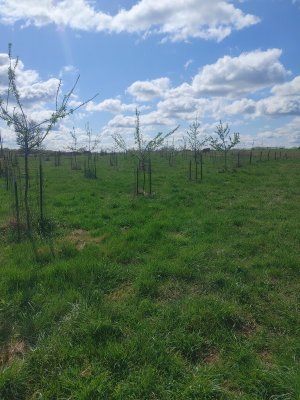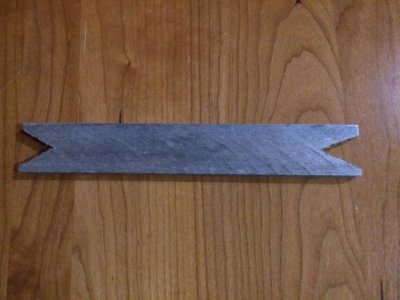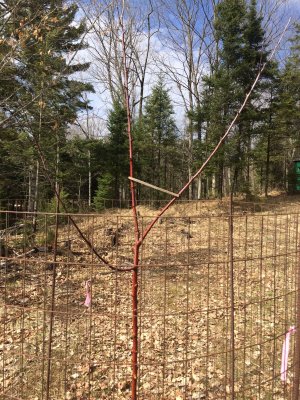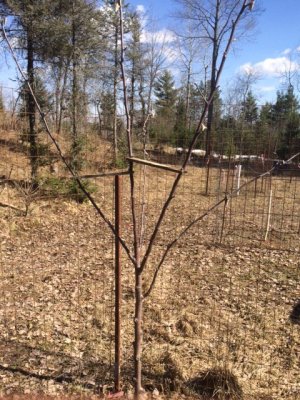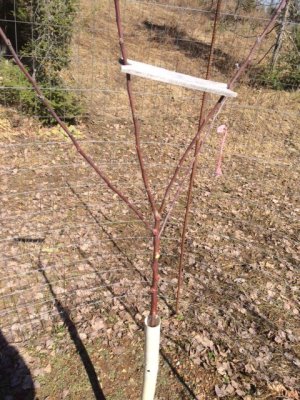Jerry-B-WI
5 year old buck +
What do you fellas use for training the branches on your trees?
I'm looking to train the branch angles on my apple and pear trees and I've seen cement weights, water bottles, clothes pins etc. What seems to work best for you?
I've been using shortened pieces of branches that I pruned off as sort of a spreader bar but I don't know how well or how long they last.
How big of a branch can be trained?
I'm looking to train the branch angles on my apple and pear trees and I've seen cement weights, water bottles, clothes pins etc. What seems to work best for you?
I've been using shortened pieces of branches that I pruned off as sort of a spreader bar but I don't know how well or how long they last.
How big of a branch can be trained?



